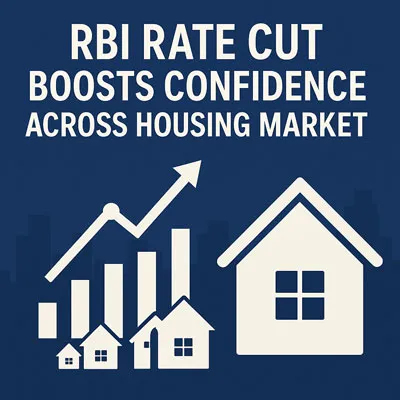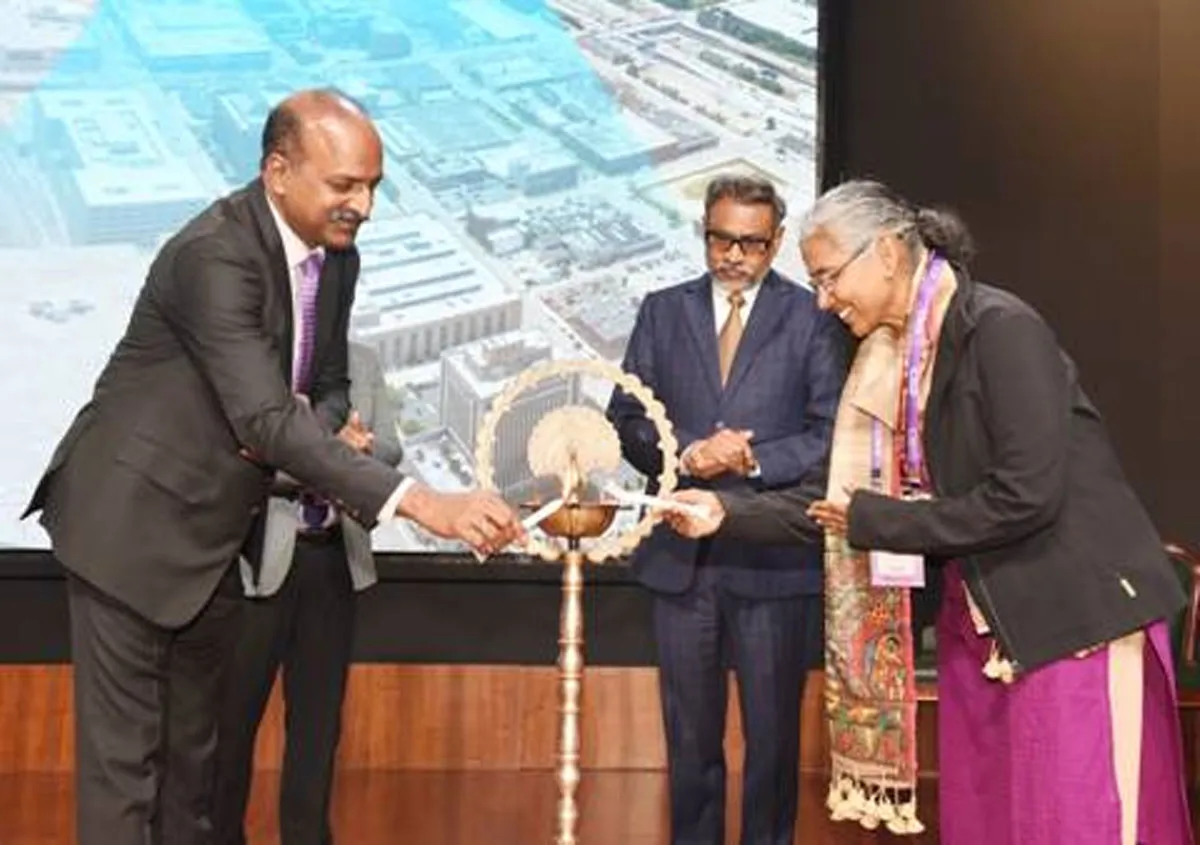The COVID-19 hit us a few months ago and its after-effects are going to continue across industries for a long time now. The pandemic caught all businesses off-guard, bringing multiple sectors to almost a state of stagnation. With consumers facing difficulty in site visits and moving to a new home due to the nationwide lockdown, the
real estate industry came up with a viable and sustainable contingency plan.
Like every dark cloud has a silver lining, it also reflected for the realtors who took a quick and timely action. The developers and realty players who responded to the crisis logically and strategically were not just able to stay afloat, but also moved ahead swiftly! Some of the techniques that had come handy was digital transformation. Many players have been agile to identify and grasp the existing opportunity to bring out the best during this crisis.
Let us have a look at what and how the real estate sector has been working on to stay afloat and do better.
Digital push – Use of virtual property tours
The adoption of digital technology among developers, real estate platforms as well as buyers got a good head start due to the current crisis. As homebuyers could not do physical site visits, players like NoBroker leveraged augmented reality and virtual reality by partnering with big online real estate playersapart from their own platform to give home buyers a glimpse of their projects. Simultaneously, the real estate players also put their bets on innovative digital campaign initiatives to engage with their potential customers.

Video walkthroughs have been around for some time but had not gained much traction. But given the social distancing imperative, video walkthroughs have been gaining steam in India since past two to three months. Technological intervention can do miracles for the real estate sector. These video walkthroughs have two parts – video of properties and live video calling between customers. These videos are uploaded onto the platform and prospective tenants and buyers can check them out.
This shift towards digitisation will play a significant role in sustaining a relevant customer pool and gain mileage on the sale front for the future. It saves time, effort and money and is a great way to shortlist properties.
RBI’s move to reduce the repo cut
Another ray of hope in the dark clouds of the pandemic was brought by the
Reserve Bank of India. The RBI’s decision to reduce the repo rate (rate of interest at which the RBI lends short term money to banks) to revive the Indian economy came as a relief for the realty sector. Since the lockdown was announced in March this year, RBI has cut the repo rate by 115 basis points, which led banks to lower the interest rates on home loans. This move makes property more affordable due to reduced EMIs and could prove to be a crucial factor in driving property sales.
Furthermore, the central bank has also asked lenders to extend the loan moratorium facility to their borrowers by three additional months, which will work as a boon for the borrowers to better manage their finances during these unprecedented circumstances.
Also, the extension of the Credit Linked Subsidy Scheme (CLSS) for middle-income groups till March 2021 will boost demand for affordable housing, while rental housing policy for migrant labour/lower middle class will open new business opportunities for real estate developers.
Developer promotions
Developers with high unsold inventory who are facing financial crunch may resort to price cuts making it even more sensible for fence-sitters to take the leap.We are already seeing lot of flexible payments scheme that makes it easy for the buyers to take a decision.
Consumer preferences
COVID-19 has also impacted consumer preferences. According to NoBroker.com’s latest survey, there is a preference for ready-to-move-in properties. 65 per cent consumers are looking to buy a property below 40 lakh. A majority of consumers prefer society apartments over independent houses as the former offers safety, power back-up and multiple amenities.
In conclusion
It is safe to assume that the demand for buying homes will be back as India unlocks gradually. After all, staying at home has proved to be the best safety measure for families during the pandemic. And many people have realised the importance of owning a home. On the brighter side, Indian real estate and construction industry together is the second biggest employer in the country. The industry should remain optimistic and sustain through this rough patch.
About the author:
Saurabh Garg is Co-founder and Chief Business Officer at NoBroker.com




















